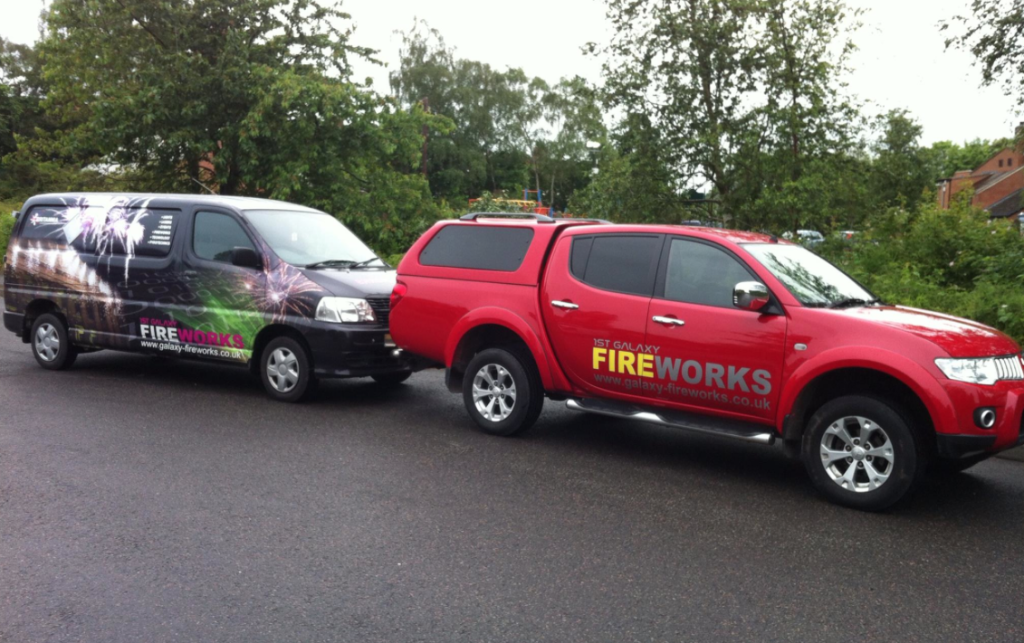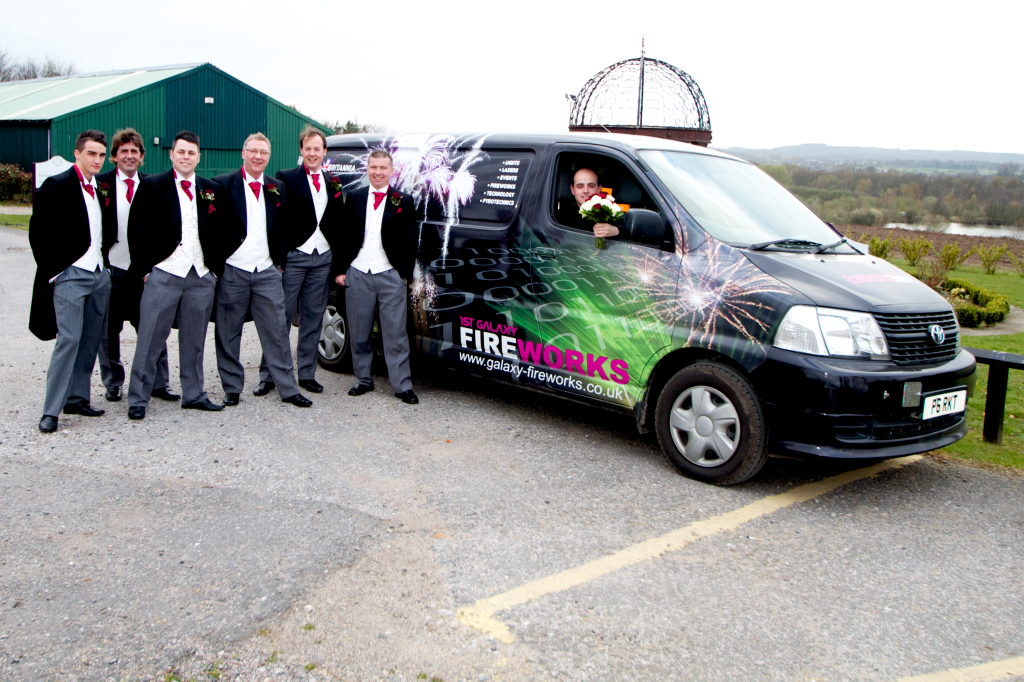The Speed Trap – need for speed, or not!
It has long been held by firers that despite the number and size of maps on the office wall, or even the sophistication of mapping software in more recent years, there is a fundamental disconnect between the lengths of time the office says you will need to get to a display, and how long it will actually take. And that’s before you factor in the infinitely variable needs of individuals for Costa, MacDonald’s or personal relief breaks.
Then you have the two diametrically opposed approaches to setting up displays, on the one hand there’s the group who prefer to set off in good time, arrive relatively unhurried with plenty of time, get set up. And if all goes without complication, wonder what to do whilst waiting to fire. On the other side is the “time is money, and I want to spend as little time as possible on it” approach, which inevitably necessitates travelling across the country at breakneck speed.
Now the latter approach could become an increasing problem since according to Jeremy Clarkson the latest government tax on motorists, sorry safety initiative, is to move away from the current UK system of making speed cameras obvious in yellow paint, to covert cameras.
How long before we follow some of the Europeans down the line of banning sat-nav and other devices from plotting or detecting these cameras too?
On the other hand having recently travelled to and from a display in a van where the driver had a consistent approach to speed limits – Which was he ignored them, travelling at one point at twice the marked speed, or at another point as if the right angled bend ahead marked on the road signs and sat nav didn’t exist, you do tend to wonder if perhaps the government has a point. Always assuming of course that the scientific research is correct about the relationship between speed and accidents.
Indeed Mr. C and his side kicks have recently sought to dismiss the stopping distances published in the Highway Code as relics of a bygone age; before sophisticated servo assisted, anti-lock disc based braking systems arrived; with a series of demonstrations of just how quickly they can brake in various vehicles, or conversely how fast they have to go to require the Highway Codes stopping distances to brake in.
However your average display transporting van is a different kettle of fish to the sort of vehicles that Top Gear get their hands on, well most of them anyway, indeed there’s quite a difference in braking performance just between the various vans that Galaxy owns, with the high top transit in particular having a distinctly lack lustre approach to rapid deceleration especially when loaded!
So what do you have to know when setting out on a display? Well obviously one of the more sophisticated sat nav, either as a stand alone gadget or an app on some other form of device, can be an invaluable aid, particularly when it receives live traffic information. Although when it offers you an alternative route x minutes faster, how will you ever know if it was right, unless someone else travelling to the same show sticks to your original route?
Then there are the actual maximum speeds that you are legally allowed to travel along specific types of road at, in particular types of vehicles.
You may have noticed the increasing number of heavy goods vehicles clogging up single carriageway roads because of the limiters that many are now fitted with and the fact that legally they are required to travel at a maximum of 40 mph on such roads.
But despite the popular image of “white van man” there are legal limits for vans too, although they are different if they are car-based derivatives – where does a Berlingo sit? Car based van or van based car? And this is perhaps where the confusion occurs because the Government has set a series of different speeds and definitions of vehicles, including the group described as “car derived vans up to two tonnes maximum laden weight”. Now many people have seen the “two tonnes” bit, but not taken into consideration the “car derived” preface. A “Transit” or similar van is not “car derived”, so the two tonnes MLW is actually irrelevant as these vehicles are all in the same class as much larger goods vehicles with a MLW not exceeding 7.5 tonnes!
Thus the legal maximum speed limits for transit’s and the like are, subject to any posted speed limit, 50 MPH on single carriageways, 60 on dual carriageways and 70 on motorways, less if towing a trailer.
Worth thinking about as you put your pedal to the metal on the way to your next show.



